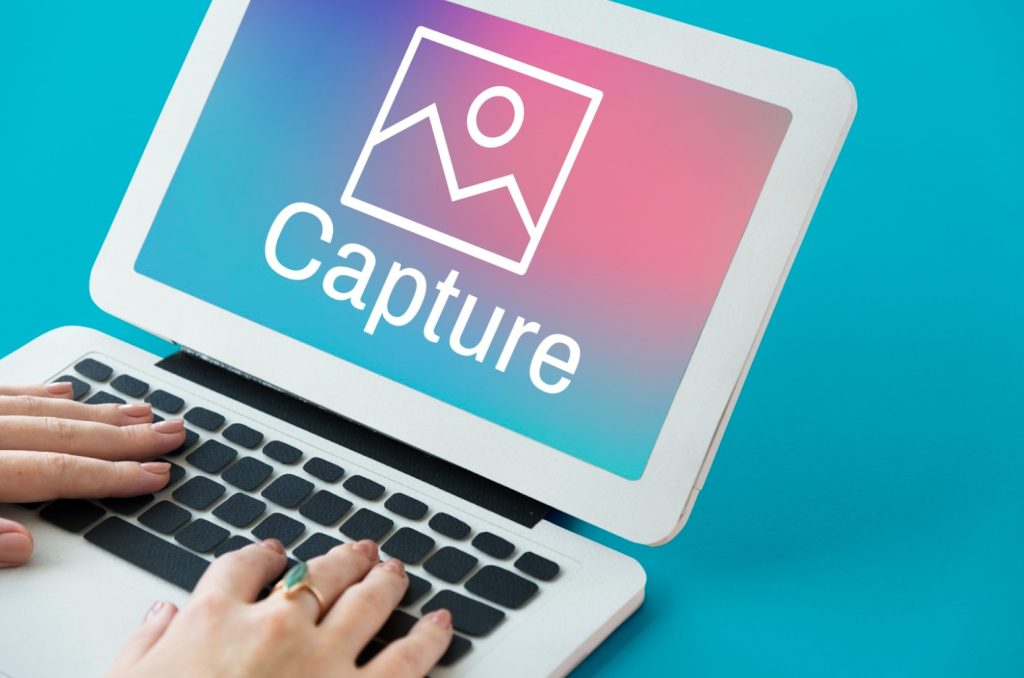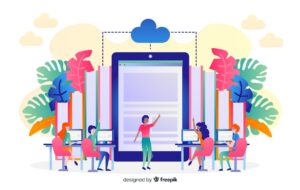Why Image Format Still Matters In 2025

You might think image formats are a small issue when we are surrounded by AI, 5G, and all the cool tech of 2025. But the choice of file type can decide how a web page loads, how many battery bars your phone loses, and how a photo pops on the screen. The newest cameras, editing tools, and connectivity might wow us, yet the best results still depend on the image format we pick. Advanced tech can speed things up, yet the format we use governs data size, display quality, search engine ranking, and how well a photo reaches everyone. Here’s a closer look at why the file type you use still carries a big punch in 2025.
The Journey of Image Formats
Image formats have come a long way. Back when the internet still hummed over dial-up, GIF and JPEG ruled the scene. Users picked them for the sweet spot they hit between size and quality. Jump ahead to 2025 and we’ve got a full toolbox: PNG, WebP, AVIF, and the next-gen JPEG XL. Each format has its own groove. WebP shrinks file size without losing the fine details, making it a web favorite. AVIF takes that shrinking magic even further, packing images that still look stunning. JPEG XL combines lossless compression and cool extras like animations, making it a hit with both pro shooters and everyday snap-happy folks. These new formats are ready for the future, pumping out crisp images that look great on everything from 8K phones to the latest AR glasses.
Speeding Up Your Website
Let’s face it: a slow website drives people away. In 2025, we all expect pages to pop up in under two seconds. Images usually take up the most data on a site, so picking the right format really matters. For example, a 1.5 MB JPEG can be slimmed down to under 800 KB in AVIF format, and the picture still looks crystal clear. That’s a huge drop in data that helps every next visitor. Quicker load speeds keep users smiling, cut down bounce rates, and even give your site a boost in search rankings. This matters even more in places where 3G and 4G still rule the airwaves. By choosing formats like WebP or AVIF, your site plays nice no matter how fast or slow the internet is. Need help? Go to JPG Compressor Online for easy tools to compress and convert your images in a few clicks.
Mastering the Multi-Device World
In 2025, the variety of screens we encounter is truly awesome. You’ve got foldable phones, smartwatches, laptops, and VR headsets, and each one is vibing the same picture in a different way. No single image format clicks on every gadget. WebP is the popular kid and works on most sites, but a few old school browsers still blink at it, so we add back-up champs like JPEG and PNG. PNG is still the MVP for logos and any art that needs see-through backgrounds, but it serves up bigger files that can weigh down fast-moving sites. JPEG XL is the new all-rounder, flexible and sharp, but it’s still on the way to being a household name. So, developers need to pick their formats like a pro, finding the sweet spot between working everywhere and loading fast to give every user a smooth ride.
Delivering Stunning Visuals
Users today expect nothing short of breathtaking visuals. With 4K and 8K screens now standard on phones, tablets, and high-end monitors, every image must be crystal clear and beautifully vibrant. Formats like AVIF and JPEG XL handle HDR and wide color gamuts with ease, delivering richer colors and finer gradations. For online stores, this is a tipping point; a picture that pops can convert browsers into buyers, while a blurry one can send customers straight to the exit. Plus, these modern formats come with progressive loading, which shows a quick, low-res image that sharpens as the file comes in. This tiny trick creates a continuously smooth experience, perfect for fast-scrolling feeds in social media or news, and keeps users engaged and wanting more.
Cutting Costs and Going Green
Image formats don’t just make pictures pretty; they also save money and the planet. Smaller file sizes take up less room on servers and cut the bill for content delivery networks (CDNs). For businesses with millions of photos, think e-commerce behemoths or massive photo libraries, these savings multiply fast. A lean file footprint also means shorter data trips, so pages load quicker. And quicker load times mean more sales; research shows that a single-second delay can ding conversions by several percentage points. When every millisecond counts, every saved byte counts even more.
The internet runs on energy, and big picture files make it run harder. Every extra megabyte you upload or download forces data centers to spin extra disks and fans, burning more power. Switching to smarter formats like AVIF shrinks those files, so fewer watts go to the cloud. By 2025, consumers who care about the planet notice every choice, and picking the greenest image format is a small change that still feels big for the carbon balance.
Peering Ahead
File formats are on an upward path. AI is already rewriting the rules, crunching data into tinier packages that look just as clear. JPEG XL is built to stick around; it effortlessly swaps to the right size for mobile, desktop, or TV without a second thought. When virtual and augmented reality take the stage, we’ll need formats that can carry 3D textures and panoramic scenes without hiccups, key for jaw-dropping games and lifelike virtual meetings. Open-source fans keep the engines running, but moving from the lab to a million devices takes extra time. Developers have to leap on new tools while making sure their servers and users are ready for the jump.
Wrapping Up
By 2025, the format you pick for your images is anything but minor. It affects the loading speed of your site, the quality of your visuals, and your costs for storage and energy. With countless devices on the market and users expecting perfection, the right choice matters more every day. Embrace formats like WebP, AVIF, and JPEG XL, and pair them with smart optimization tools, and your content will load quickly, look stunning, and reach everyone. Formats will keep getting better, but the role they play in the digital landscape is rock solid.




